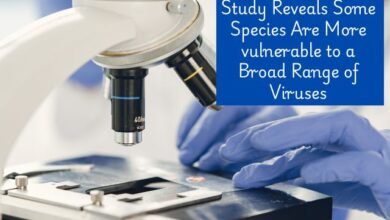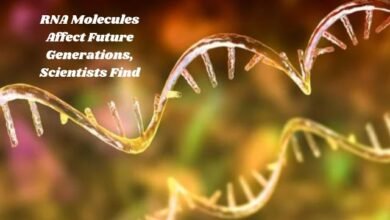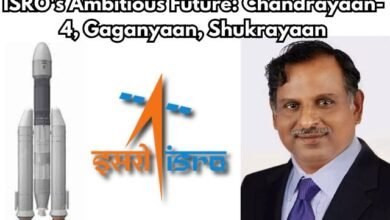Sunita Williams Returns to Spacewalks After 12 Years
Sunita Williams resumes spacewalks after 12 years, leading key ISS missions to upgrade systems, remove equipment, and test for microbes.

Sunita Williams and Nick Hague, both NASA astronauts, are preparing for their first spacewalks of 2025. According to NASA, they will leave the International Space Station (ISS) on January 16 at 6:30 pm IST and again on January 23 at 5:45 pm IST. This will be Sunita Williams’ return to spacewalks after 12 years.
The January 16 spacewalk will be Sunita Williams‘ first in 12 years and her eighth overall. Her last mission was in 2012. Nick Hague will be doing his fourth spacewalk.
NASA has announced that Sunita Williams and Nick Hague will spend more than six hours during their spacewalk on January 16. Their tasks will include replacing a rate gyro assembly that helps control the orientation of the International Space Station (ISS). They will also install patches to cover damaged areas of light filters on NICER (Neutron Star Interior Composition Explorer) telescope and replace a reflector device used for navigation.
In addition, astronauts will inspect access areas and tools that will be needed for future maintenance work on the Alpha Magnetic Spectrometer, a device used to study cosmic particles. This spacewalk will play a crucial role in keeping the ISS and its equipment functioning properly.
Sunita Williams is currently leading the crew aboard the International Space Station (ISS) as the commander of Expedition 72. She arrived at the ISS on June 5, 2024 and was originally scheduled to return in February 2025. However, her return has been delayed because the launch of NASA’s Crew-10 mission was postponed. She will now stay on the ISS until March 2025.
Williams will also take part in a second spacewalk on January 23, 2025, alongside her Boeing Crew Flight Test (CFT) partner, Barry “Butch” Wilmore. During this spacewalk, they will remove a radio frequency group antenna assembly from the exterior of the space station. They will also collect samples from the station’s surface to test for the possible presence of microorganisms on the outside of ISS.
Spacewalk on January 23 will be the 274th mission for maintaining and updating the ISS, helping it stay in good working condition.
- Unraveling the Mysteries of Antimatter
- Role of Exoplanets in the Search for Extraterrestrial Life
- Biohacking: Enhancing Human Potential Through Science
FAQ on Sunita Williams Returns to Spacewalks After 12 Years
When will Sunita Williams and Nick Hague perform their first spacewalks of 2025?
Sunita Williams will join Barry “Butch” Wilmore for a second spacewalk on January 23, 2025. They will remove a radio antenna and collect samples from the ISS’s surface to check for microbes.
What is significant about Sunita Williams’ spacewalk on January 16?
It will be Sunita Williams’ first spacewalk in 12 years and her eighth overall. Her last spacewalk took place in 2012.
What tasks will Sunita Williams and Nick Hague perform during their spacewalks?
They will replace a rate gyro assembly, install patches on the NICER telescope and replace a navigation reflector. They will also inspect access areas and tools for future work on the Alpha Magnetic Spectrometer.
How long will the spacewalk on January 16 last?
Spacewalk will last more than six hours as the astronauts complete their tasks outside the ISS.
What is the Alpha Magnetic Spectrometer, and why is it important?
The Alpha Magnetic Spectrometer is a device designed to analyze cosmic particles. Astronauts will inspect the tools and access areas to guarantee that future maintenance can be performed.
What other spacewalk will Sunita Williams take part in?
Sunita Williams will accompany Barry “Butch” Wilmore on another spacewalk on January 23, 2025. They will remove a radio antenna and gather surface samples from the ISS to detect microorganisms.



